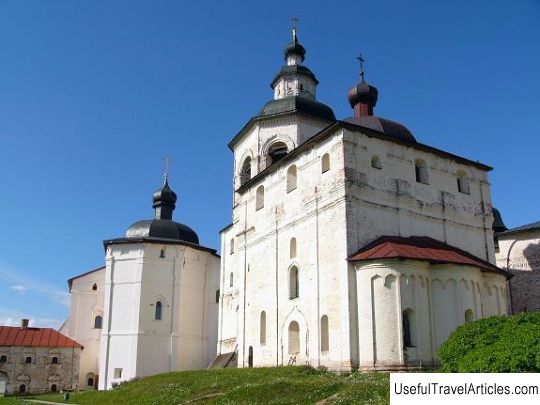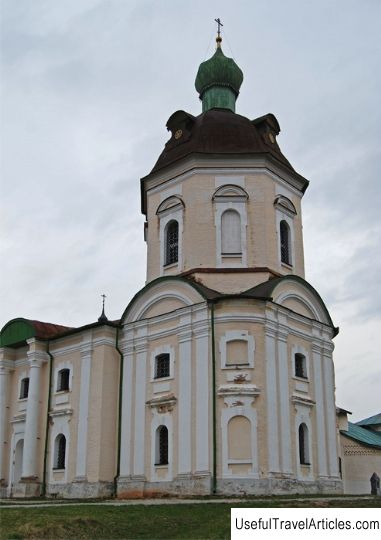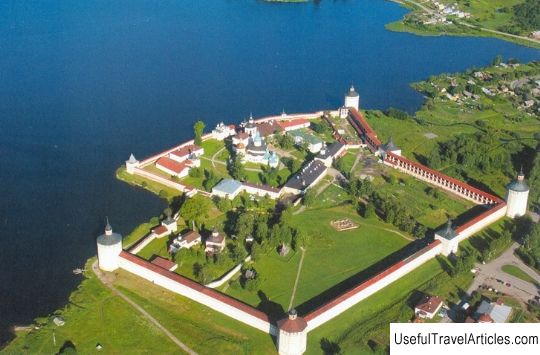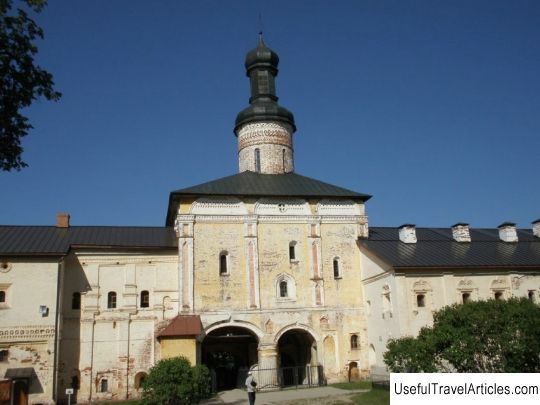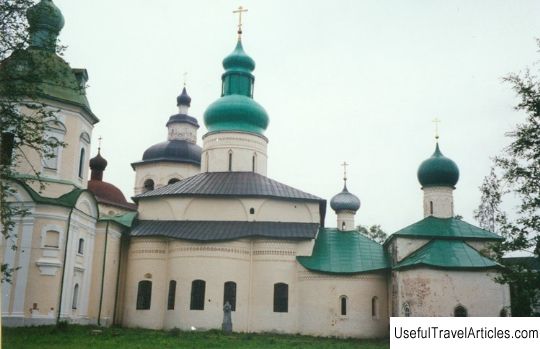Church of St. John the Baptist of the Kirillo-Belozersky Monastery description and photos - Russia - North-West: Vologda Oblast
Rating: 8,4/10 (1920 votes) 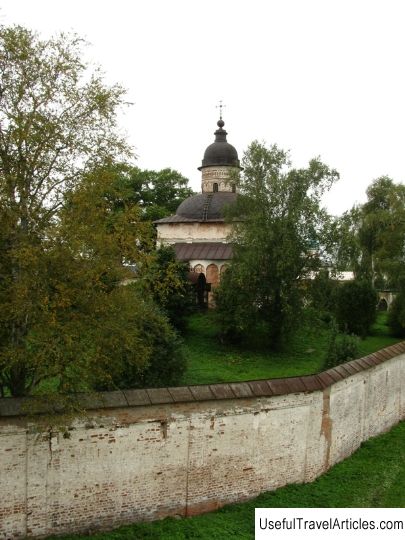
Church of St. John the Baptist of the Kirillo-Belozersky monastery description and photos - Russia - Northwest: Vologda Oblast. Detailed information about the attraction. Description, photos and a map showing the nearest significant objects. Photo and descriptionThe full name of the church sounds like the Church of the Beheading of John the Baptist with the chapel of St. Cyril of Belozersky. The church is a cathedral church of the Small Ivanovsky Monastery, located on the territory of the famous Kirillo-Belozersky Monastery, which was built with the money of Vasily III - the Great Moscow Prince. The prince decided to build a church after his son, the future Tsar Ivan the Terrible, was born, which was considered the full merit of the church. In 1528, Prince Vasily III arrived on a pilgrimage to the Kirillo-Belozersky Monastery, who needed heir. As soon as his last son, Ivan IV, was born, in 1531 the construction of two churches began in the monastery: the Beheading of John the Baptist and the Church of the Archangel Gabriel. As known, John the Baptist is the patron saint of Ivan the Terrible. There is an opinion that both churches were built by a certain Rostov artel. The church does not have impressive dimensions. From the moment of its construction, it had two chapters: the main one and located above the chapel in the name of Kirill-Belozersky. One of the manuscripts had a record that there was a chapel in the name of Nicholas the Wonderworker. The Church of St. John the Baptist is a traditionally completed four-foot temple with three apses; the middle cross is closer to the southeastern side, which is why on the facades located on the side, the northwestern division is significantly expanded due to the division in the southeast. The influence of order architecture is visible in the temple - glimpses of Italian fashion, which reached even these remote places, albeit with a delay and some distortion. Articulation is clearly visible in the interior. The supporting arches are slightly lowered below the vaults. The used cross vaults are especially characteristic of the architecture of Moscow, which appeared under the influence of the Italians and were reflected only in the ceiling of the western part of the cross. The upper arrangement of the church remained traditional. The temple has a completion similar to the Ferapontovsky cathedral, but the vaults are not so stepped. The second chapter is located in the southeast. The main drum, according to local tradition, is decorated with a thick strip of patterned ornamentation. The original appearance of the temple is carefully hidden, and it can be recreated from a number of written sources and a small number of images. It is these sources that can tell about the alterations carried out in the church. The first description is the inventory of 1601, which tells that the temple has two tops, and the belfry is located on six pillars. In the inventory of 1668, much more information is already presented: "The heads and crosses were soldered along the scales with the help of white gold and were covered with a plank." There is also a description of two wooden porches on the south and west facades. On the icon, dating from 1741, the image of the church is presented as a two-headed church with a four-pillar roof. In the inventory of 1773, there is a record of the presence of wooden porches on the southern and northern facades, and at the western entrance there was a stone porch, on the sides of which there were wooden pillars. There is an assumption that such a porch is depicted on the map of the monastery dating back to 1786. Here is also a description of the "bulls" buttresses, which have survived to this day on the western and southern corners of the church, which cannot be said about the porches. In 1773, two chapters appeared on the church: "two scaly chapters, and on the chapters - wooden crosses, brazed with tin." We can say that already in 1773 the Church of John the Baptist was in poor condition: the bulls completely moved away from the walls, the roof leaked, cracks appeared in the walls, which especially concerned the south side, as well as some other damage. At the same time, window openings were pierced in the kiotakhyuzhnaya and western walls, because the inventory mentions eleven mica windows. The condition of the temple led to a number of renovation and restoration work, which were completed by 1809. As a result of the work, the drum located above the Kirill side-chapel was dismantled, as well as the upper tiers of the kokoshniks; all the profiles of the lower tier were destroyed, and their traces were carefully erased, the lower part of the windows of the main drum was laid. At this time, the final appearance of the temple took shape.        We also recommend reading Church of St. Nicholas the Wonderworker in Derbenev description and photos - Russia - Moscow: Moscow Topic: Church of St. John the Baptist of the Kirillo-Belozersky Monastery description and photos - Russia - North-West: Vologda Oblast. |
